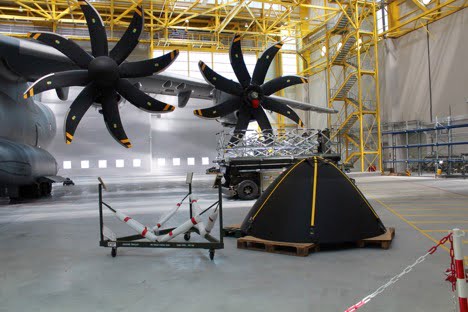2017-12-18 By Brian Morra
The Department of Defense’s acquisition system is a major cause of the erosion of the defense capabilities of the United States.
This erosion is visible in high profile, fatal accidents like those the US Navy has experienced in the Western Pacific over the past two years.
Less visible is the long-term deterioration of defense capacity relative to peer competitors like China and Russia.
That decline is the product of both defense budget reductions since 2009 and the fundamental failure of the DoD to reform its antiquated acquisition system.
The DoD requires high-intensity acquisition to prepare for high-intensity conflict.
The growing importance and rapid evolution of cyber and digitally-enabled systems means that DoD can no longer operate with its traditional procurement and sustainment rules.
I will not attempt in this paper to offer broad remedies for acquisition reform.
Instead, I will address a specific aspect of the system that is not keeping pace with the advances we are observing in China and Russia.
The acquisition of major weapon systems comprises two major phases: acquisition/procurement and operations/sustainment.
Those phases follow a bi-modal budget distribution.
There is a large budget expenditure during procurement for a small number of years, followed by a much larger and longer-term expenditure during the many years of operation and sustainment.
The current system and matching budgetary method leave the United States vulnerable to adversaries that develop and deploy new capabilities at a much faster pace than the bi-modal approach offers.
Moving to a multi-phased acquisition method is required for the United States to keep up.
And, “keeping up” probably does not mean that the US will be able to retain its “over-match” position relative to peer competitors.
 Changing business rules allows for strategic redirection and agile evolution of the combat force. Credit Graphic: IBM
Changing business rules allows for strategic redirection and agile evolution of the combat force. Credit Graphic: IBM
Given the steady progress being made by adversaries, reforming DoD’s acquisition process is no longer just a smart thing to do; it has become existentially vital.
The digital nature of new weapon systems like the F-35 makes multi-phased development and multi-modal budgeting feasible.
This approach bears some similarity to the spiral-development approaches used in the past.
However, a new approach will need to be qualitatively different than traditional spiral development.
The ability to upgrade new weapon systems primarily through software upgrades makes this new approach possible.
The new approach would have shorter upgrade cycles or modes, based on 3-5 year centers.
Budget planning will need to change since each new “mode” would blend acquisition and O&S monies. Each new mode would require a business case to support decisions to deploy funds.
This is a very different approach.
It would require different business rules and procedures than are currently employed by the DoD’s acquisition centers.
The obstacles to this kind of reform are not technical, although some will assert that technical issues are insurmountable. The real obstacles are DoD’s current business rules and acquisition policies and budgeting procedures.
The question is will we reform these procedures now, or will we only do so when we are confronted with a crisis?
The US aerospace and defense industry maintains proprietary control over its core capabilities.
This is a key challenge that DoD confronts that China (in the main) does not. In order to have affordable, multi-modal weapons system development, DoD will have to establish new business rules to enable proprietary sharing or compartmentation schemes that create the conditions for development across proprietary stove pipes.
The need is clear.
The DoD requires business rules appropriate for high-intensity acquisition to meet the rapidly evolving threats represented principally by China and Russia.
The growing importance of cyber and digitally-enabled systems means that DoD can no longer operate with industrial-age procurement and sustainment rules.
Fortunately, the transition to digital systems lend themselves to a new, multi-modal approach that will help the United States keep pace with evolving threats.
Brian Morra is a retired career Aerospace industry executive, who currently serves on several corporate and academic boards.
If you would like to comment on this articles, please see the following:
Changing the Business Rules to Allow For High-Intensity Warfare Acquisition Models


